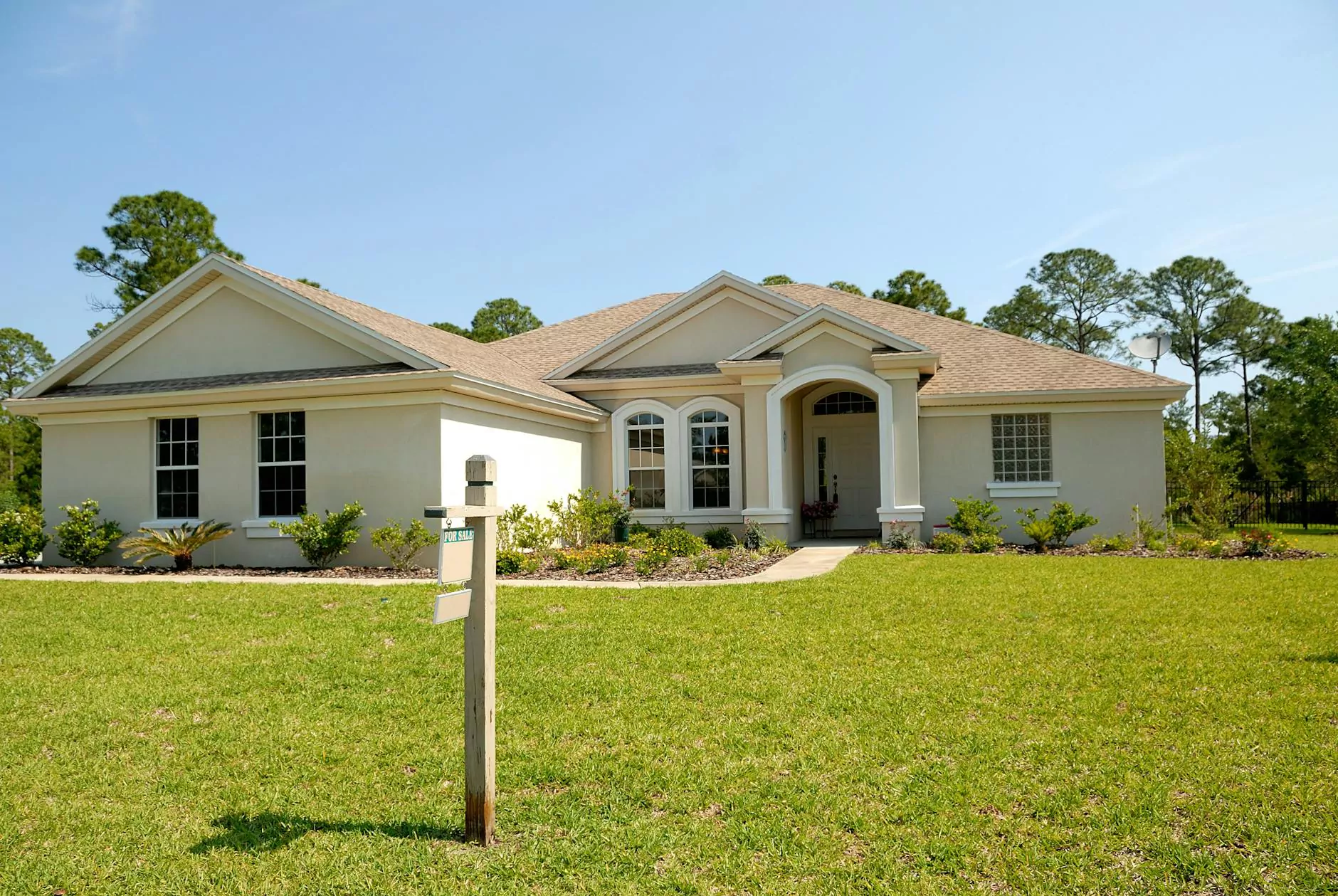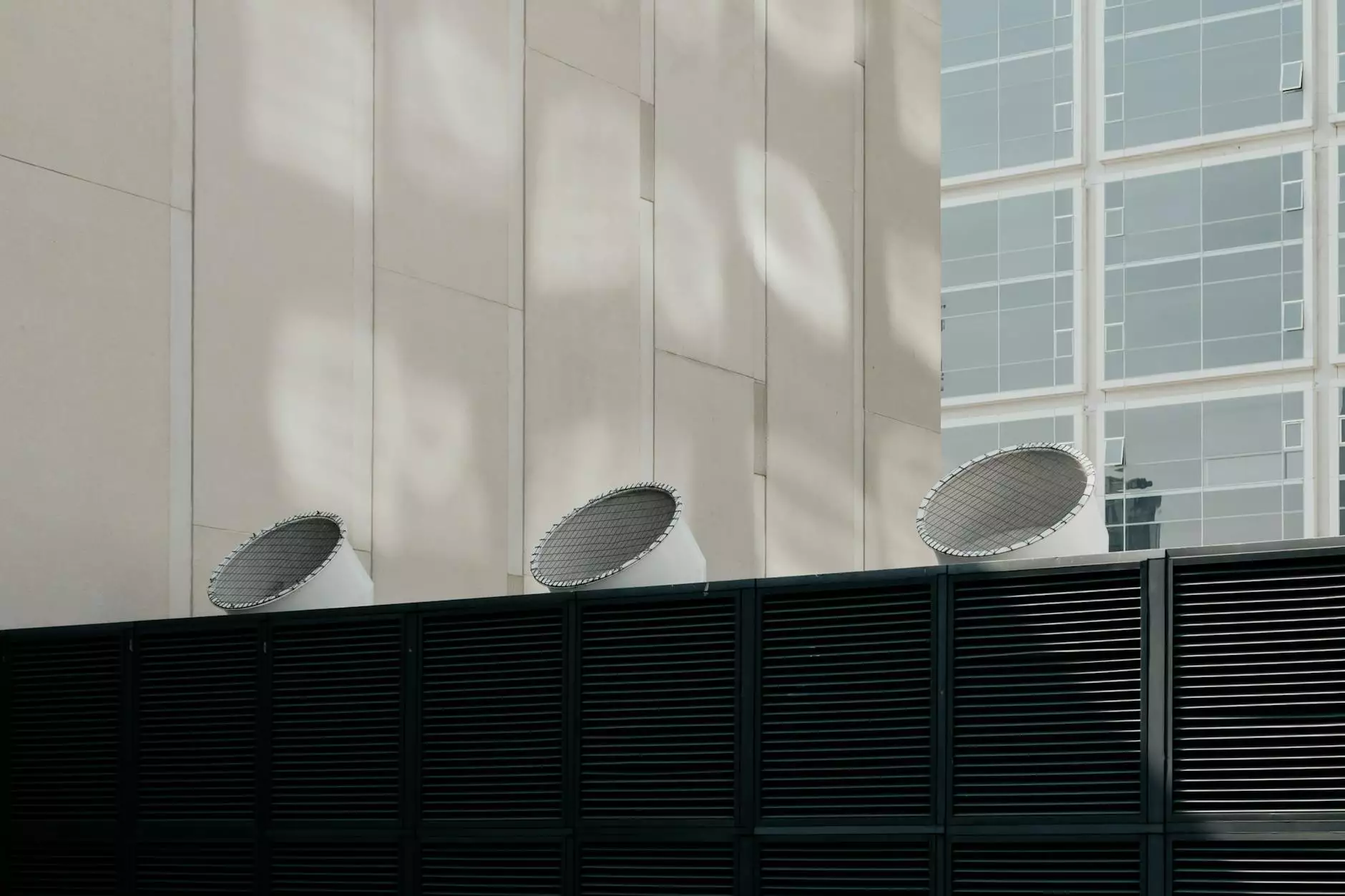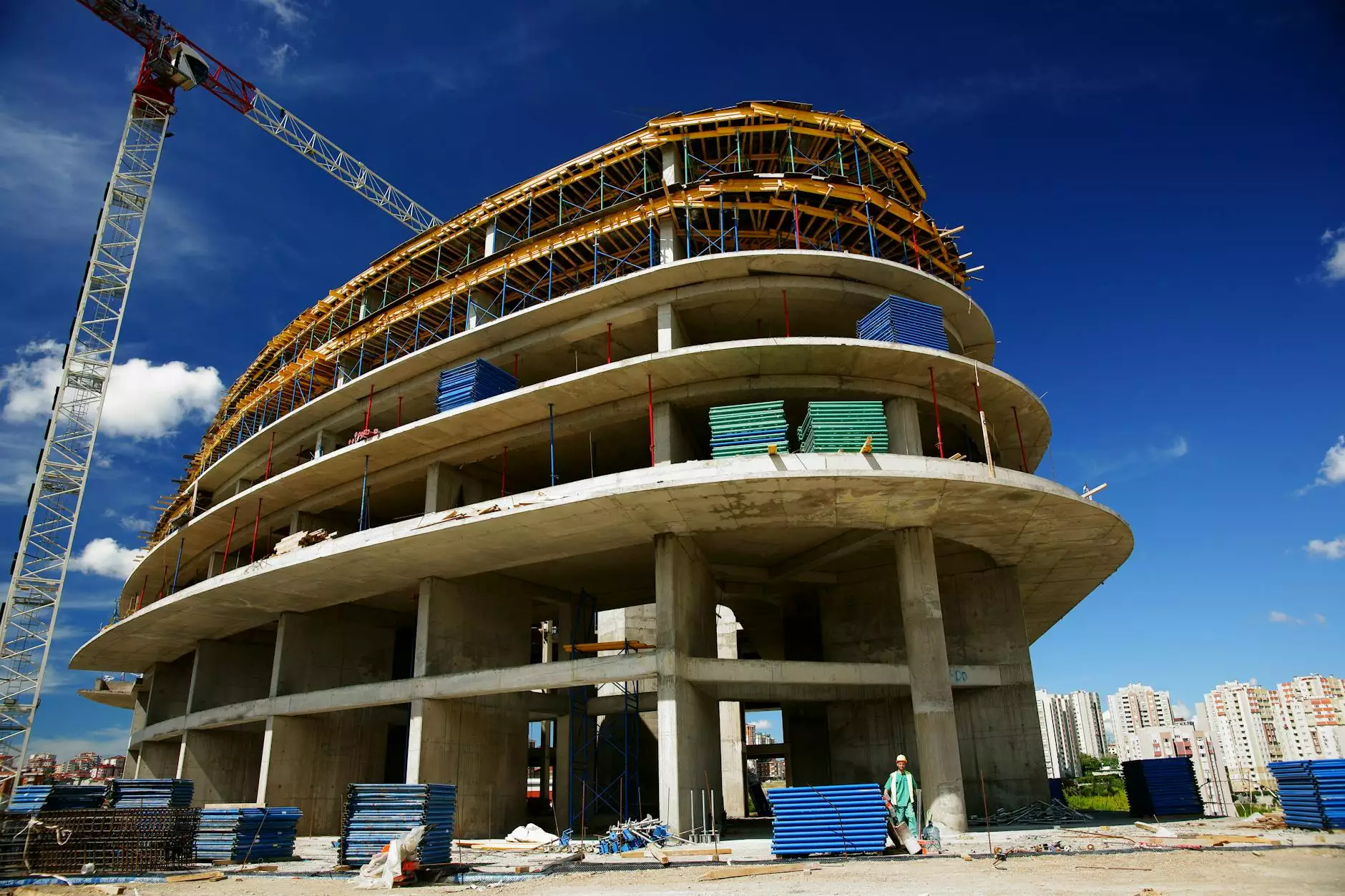FAQ: Which Type of Roof Material Lasts The Longest?

Welcome to Bio-One Atlanta's blog, where we provide valuable information on various topics related to the business and consumer services industry, specifically in the cleaning sector. In this article, we will address one of the most commonly asked questions: which type of roof material lasts the longest? If you're considering a roof replacement or installation, it's crucial to choose a material that offers durability, longevity, and value for your investment.
Understanding Roofing Material Longevity
When it comes to the longevity of roof materials, several factors come into play. Climate, maintenance, installation quality, and the specific material used all contribute to how long a roof will last. While some materials are inherently more durable, proper care and maintenance can significantly extend the lifespan of any roofing system.
Types of Roofing Materials
There is a wide range of roofing materials available in the market today, each with its unique characteristics and lifespan. Let's explore some of the most popular options:
1. Asphalt Shingles
Asphalt shingles are the most commonly used roofing material due to their affordability and easy installation. They typically last around 20 to 30 years, depending on the quality of materials and regular maintenance.
2. Metal Roofing
Metal roofs are known for their durability and longevity. Depending on the type of metal used, such as steel or aluminum, and proper maintenance, a metal roof can last anywhere from 40 to 70 years. Regular inspections and addressing any repairs promptly are vital to maximize the lifespan of a metal roof.
3. Clay Tiles
Clay tiles are popular for their aesthetically pleasing appearance and incredible durability. With proper installation and maintenance, clay tile roofs can easily last over 100 years. It's essential to address any cracked tiles or damaged flashings to ensure a long-lasting roof.
4. Concrete Tiles
Concrete tiles offer similar benefits to clay tiles in terms of longevity. They can last well over 50 years and provide excellent resistance to fire, wind, and insects. Routine inspections and maintenance help identify and address any issues to extend the lifespan of a concrete tile roof.
5. Wood Shingles and Shakes
Wood shingles and shakes give homes a rustic and natural charm. With proper maintenance, including regular cleaning and treatments to prevent decay and insect damage, wood roofs can last around 30 to 40 years. However, they may require more upkeep compared to other roofing materials.
6. Slate Roofing
Slate roofs are renowned for their beauty and exceptional longevity. A well-maintained slate roof can easily last over a century, making it an excellent investment for homeowners seeking a timeless and durable roofing solution.
Maintenance and Care
Regardless of the roofing material chosen, regular maintenance and proper care are essential to maximize its lifespan. Here are some tips to ensure your roof remains in optimal condition:
- Regularly inspect your roof for any signs of damage or wear.
- Keep gutters clean and free from debris to avoid water accumulation.
- Trim nearby trees to prevent branches from rubbing against the roof.
- Address any repairs or leaks promptly to prevent further damage.
- Hire a professional roofing contractor for regular inspections and maintenance.
Conclusion
Choosing the right roofing material that suits your needs and preferences is crucial. While each material has its unique advantages and lifespan, proper maintenance plays a significant role in maximizing its longevity. Whether it's asphalt shingles, metal roofing, clay or concrete tiles, wood shingles or shakes, or slate roofing, Bio-One Atlanta is here to help you make an informed decision for your roofing needs.
For professional roofing services, including installation, maintenance, and repairs, contact Bio-One Atlanta today. We have a team of experienced experts who can provide you with high-quality solutions to ensure your roof stands the test of time.









